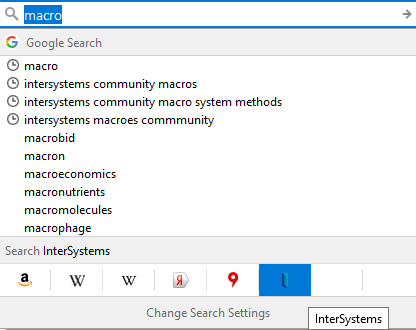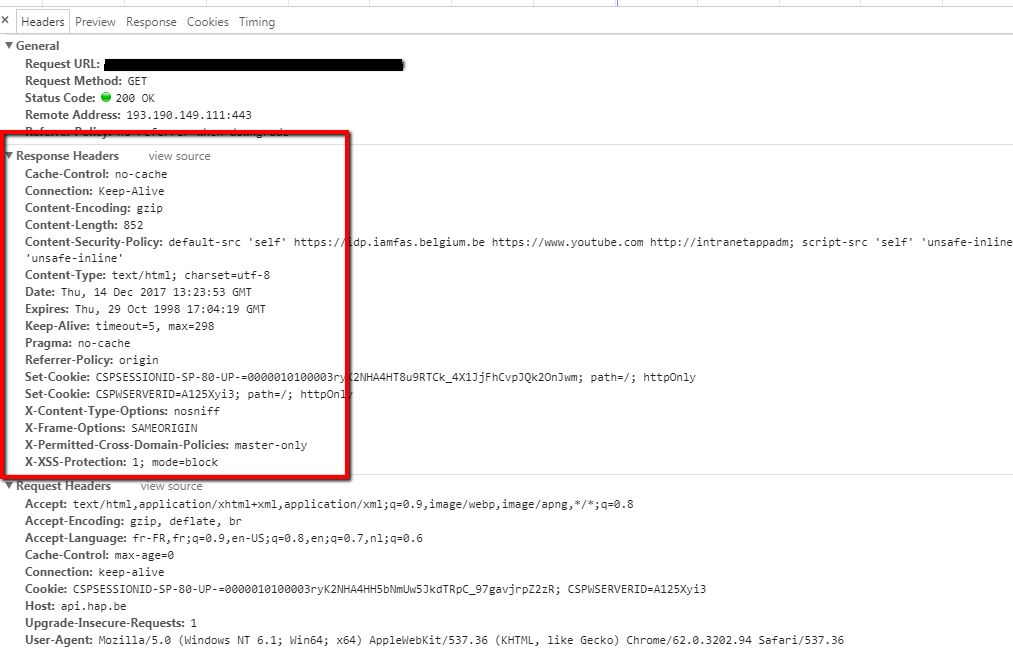Is it just me or is the sync mechanism way too slow and too trigger happy to be used for large projects? It keeps "Caching for server connection" which takes a good five minutes!
Has it been tested with a large number of classes and CPSs? I have about 2000 of each.




